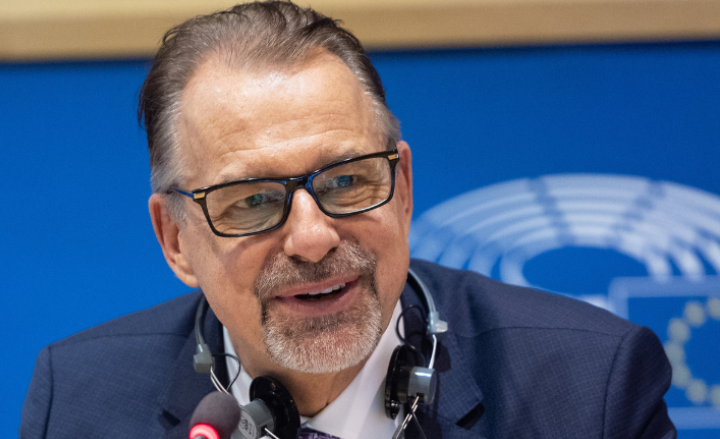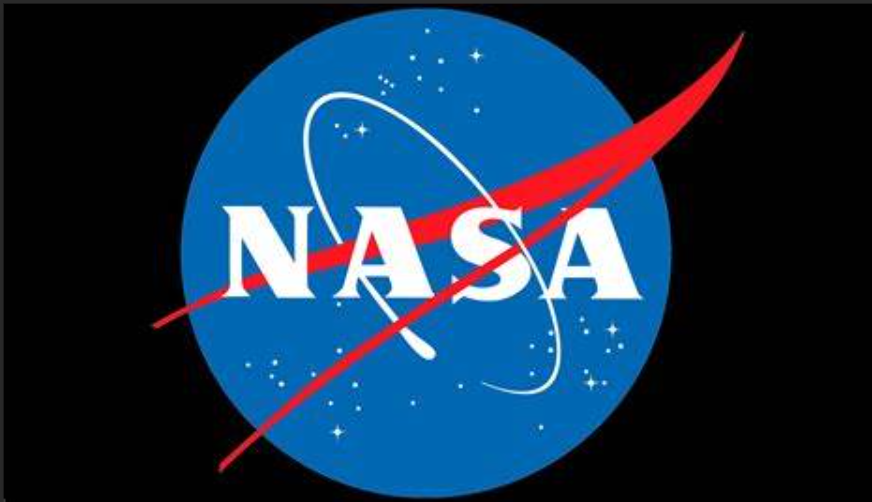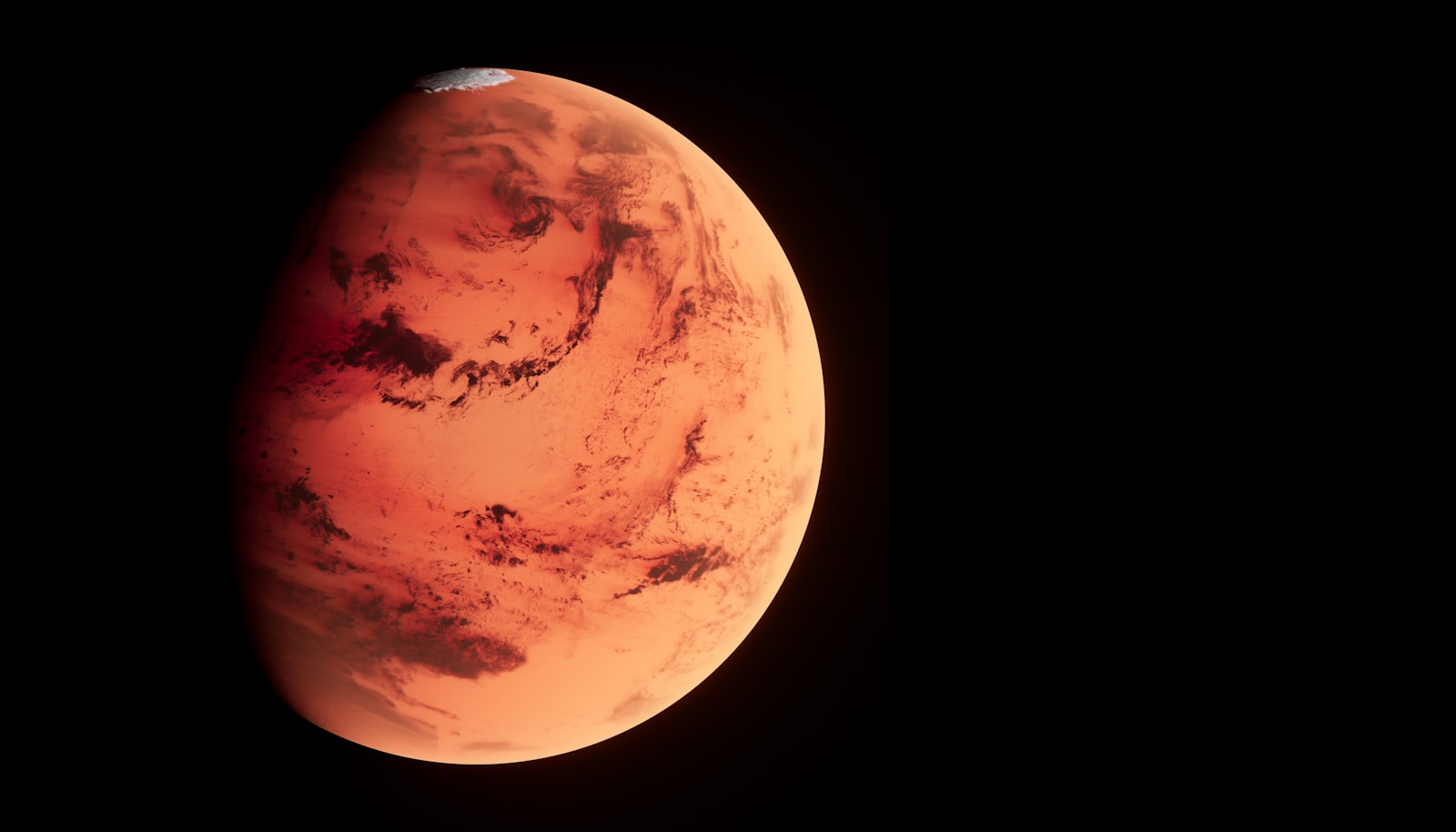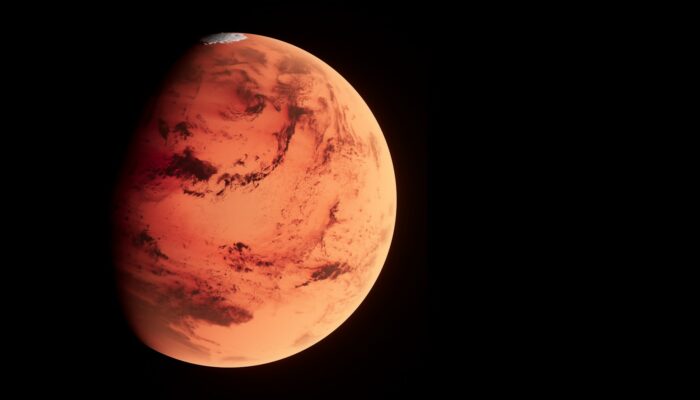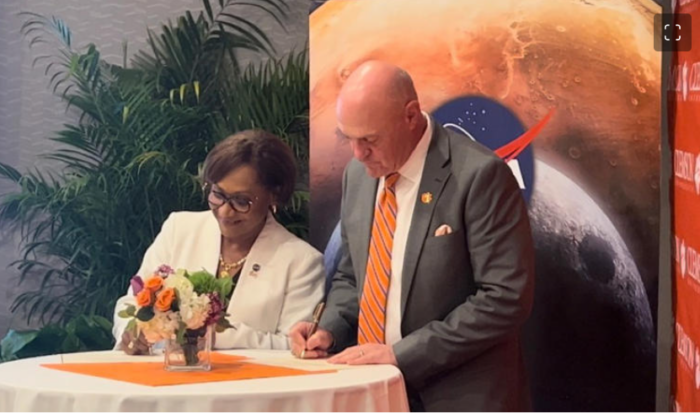Josef Aschbacher, Director General of the European Space Agency (ESA), has a bold vision with, permitting an increase in the agency’s budget, could see a European astronaut on the lunar surface within ten years. Currently operating on an annual budget of approximately €7 billion (US $7.74 billion), largely funded by its member states, ESA is poised for significant advances in space exploration with just a modest uptick in financial resources.
“We have the expertise,” Aschbacher told MEPs at the end of last month, positioning ESA to bridge the gap between Asian and Indian lunar ambitions.
At a time when ESA is navigating challenges such as the postponed Ariane launches and severed access to Russian Soyuz rockets due to the conflict in Ukraine, Aschbacher’s philosophy is clear — Europe must amplify its ambition in space. He envisions a future where European astronauts embark on missions in European-built capsules launched by European rockets.
“This would geopolitically be a strong signal Europe is capable of mastering this technology, but also of engaging other countries in a cooperative project, just like is done today by the US, or China,” said Aschbacher.
ESA’s commitment to space projects is evident in its major projects like the Galileo navigation and Copernicus earth observation systems. However, Aschbacher believes Europe’s aspirations should reach even further into the cosmos. The collaboration with NASA on the Artemis missions, which anticipates European astronauts stepping onto the moon later this decade, is a testament to ESA’s collaborative approach. Yet, the desire for European autonomy in space travel is growing, with Aschbacher advocating for complete independence in Europe’s spaceflight capabilities.
“Ten years ago, we were flying our astronauts with Russia. Can you imagine that being possible today? Now we fly them with America, which works very well, but we need more strategic autonomy. Not for the sake of doing it all alone, but being a strong partner,” he said.
The road ahead is demanding. Despite ESA’s recent setbacks in launch capabilities with the retirement of Ariane 5 and delays in the Ariane 6 rocket, Aschbacher is optimistic, hinting at a 2024 launch date for Ariane 6 based on positive test outcomes. Furthermore, the agency’s SOLARIS initiative, exploring the potential of harnessing solar power in space, exemplifies its innovative pursuits and the economic implications of such technological autonomy.
In anticipation of the ESA Space Summit, significant decisions are on the horizon as member states convene to shape the future of European space strategy. With the prospect of a burgeoning “moon economy” and the potential discovery of rare earth metals on the lunar surface, Aschbacher is clear: Europe’s space activity needs to be revalued to avoid falling behind in the interstellar race. The agency is laying the groundwork for what Aschbacher believes to be essential — securing Europe’s position as a leading force in space exploration and industry.
“Today, the space economy is worth roughly €460 billion. It is expected to grow to €1 trillion [US $1.07 trillion] in the next decade,” Aschbacher said. “Europe has to be part of this.”
Aschbacher expressed the opinion that NASA’s budget surpasses that of ESA by about four times and pointed out the necessity of a substantial budget increase for his agency, warning that without this increase, Europe risks being left behind as it was in the sectors of semiconductors and information technology. He also underscored the critical importance of space for various aspects of daily life, including security and climate change, and argued that this should be reflected in the financial support the space sector receives.
ESA’s head acknowledged that currently only the US, Russia, and China can send astronauts into space, with India poised to gain that capability soon. Aschbacher’s vision for the future involves European rockets piloted by European commanders and the capacity to transport astronauts not just from Europe but also from Latin America, Africa, and potentially even the US.
Featured image: European Space Agency Director General Josef Aschbacher. Credit: Alexis Haulot / European Union
If you found this article to be informative, you can explore more current space industry news, exclusives, interviews, and podcasts.
Share this article:
